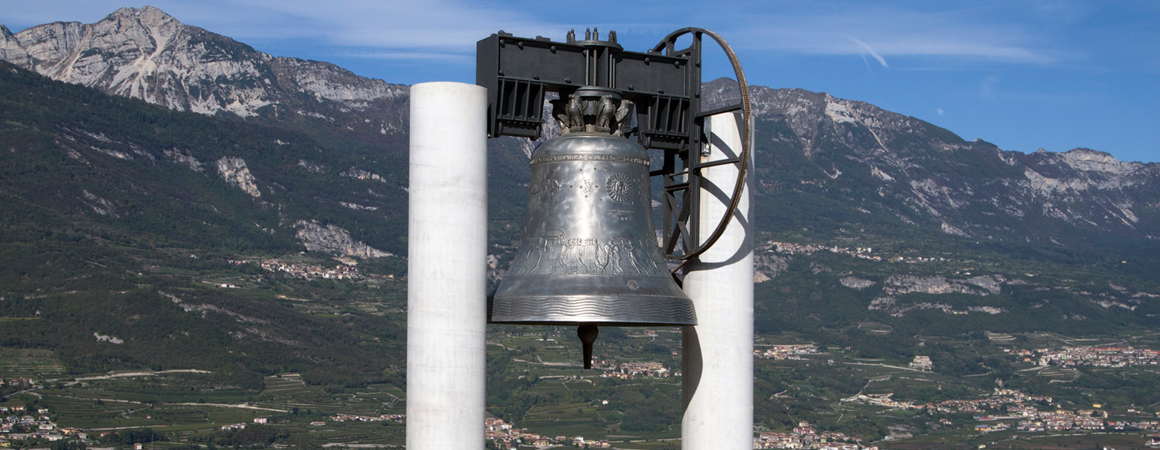UKRAINIAN CITIES DURING THE WAR
The amazing thing about war is that in some places everything continues as before... and then the air raid alarm goes off. Between one alarm and another, life goes on, almost normally, but with greater intensity. Each gesture makes more sense, perhaps because it could be your last. There is a composer, Yevhen Filatov, who travels around the country, from Kyiv to Lviv, from Odessa to the Carpathians, to record the sounds of the cities. A "documentary" made up of voices, screams, the removal of cars that were in no-parking spaces, whistles, wind, and people playing anything they can. Each city has its own palette of unmistakable sounds.
There is a little girl who began her career as a "percussionist" by holding a plastic bottle with her legs and clapping her hands on top of it. She then moved on to a thermos flask (with and without a cap, because it changes sound), to glasses, cans of drinks, plastic tubes, rubber toys that whistle when pressed with two fingers. In short, what you would take to the countryside for a picnic. For safety reasons she can't always go to school, but she has learned to use what she can find instead of wanting what she can't get.
An old lady earns her food by singing in Piazza Sofia, a place with exceptional acoustics. Wherever you are you can hear everything that is happening around you. In the same place, Andriy Chlyvnyuk, of the Ukrainian band BoomBox, sang unaccompanied the first verse of Chervona Kalina, a patriotic song written by Stepan Tcharnetsky in 1914. When the Russian invasion of Ukraine began on February 24th BoomBox were touring the US. The singer interrupted the tour to return and enlist in the military. He recorded a video while wearing the military uniform. On February 27, it was online. And so, a song, which was written in honour and memory of the Sich riflemen buried in a cemetery near Ternopil', went viral. It has been remixed by different artists around the world and is now the symbol of resistance. But in reality, it was already so during the Soviet period, when singing it was forbidden due to its association with the aspiration of the Ukrainian people for independence. Obviously, the patriots sang it as a sign of defiance, risking arrest and sometimes even exile. Today that risk no longer exists, there is war.
And there's also a girl who plays the ocarina in the subway tunnels, because a little beauty is also needed in a daily life made up of continuous tension. But there are also buildings blackened by bombs, statues of poets covered with bags of stones to defend them from attacks, bell tower clocks that strike noon just as sirens announce an imminent air attack. Everyone goes towards the shelters, but without running. Maybe you get used to bombing too. In safer places there is sometimes even a piano that someone tunes regularly between one attack and another. Evidently the out of tune notes are annoying even under the missiles, or more likely immediately after. Paint buckets and iron railings become percussion instruments, but it's better to stay at home at night. And since young people are young, and can no longer go to clubs to have fun as they would like, they have decided to continue dancing during the day. A Repair Together rave is organized, which begins early in the morning, with a DJ on an improvised stage and hundreds of young people mixing up concrete to the rhythm of electronic music, moving rubble while dancing and, whoever is able, builds a few walls. Perhaps the young people aren't what they used to be but maybe sometimes they are better. Maybe it is extreme situations that bring out the best in people. But perhaps it would be better not to put this theory to the test. Perhaps we should do our best to prevent situations like these where the best of us needs to come out.






